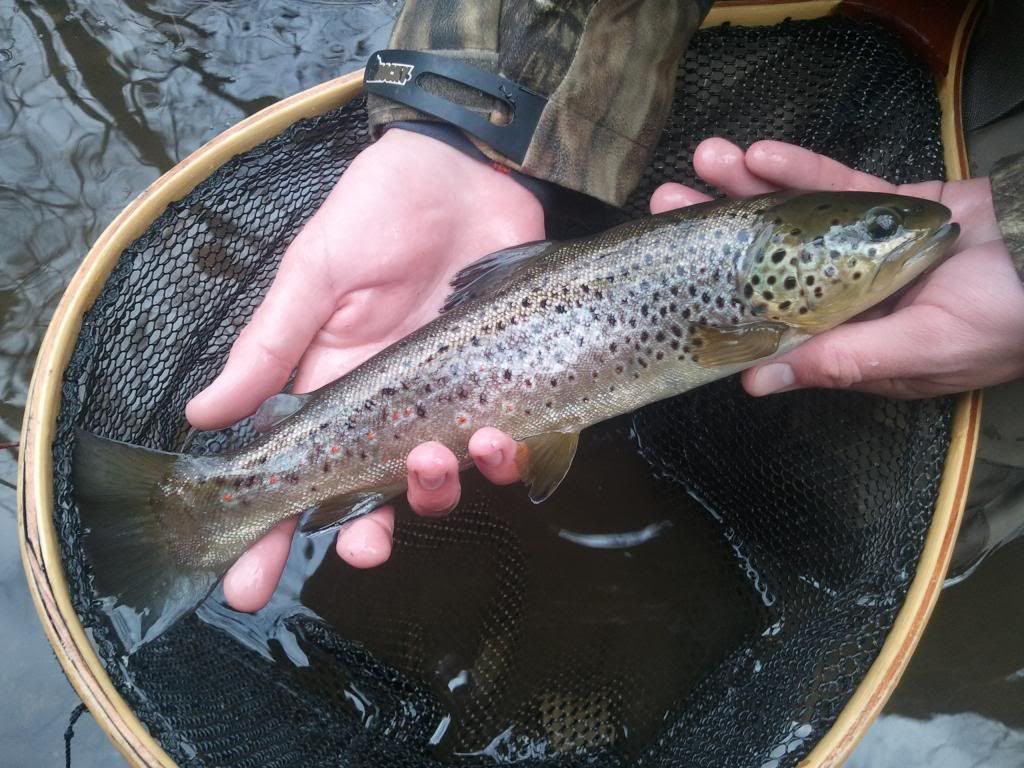So we're in the second year of the fingerling stockings on LS. Anyone have any opinions at this point in the program?
I've fished it a handful of times since they since they first started stocking fingerlings and so far I don't really think it's going all that well. The fish seem to be disappearing, and I even talked to someone on another stream earlier this fall and he said he caught some of the fingerlings in Big Sandy.
This fall specifically I fished it twice, well actually three times but the second time I just stopped by to check it out on the way home from another stream and didn't fish. The first time was in September: fished the FFO section and the open water. Didn't catch any fingerlings and spooked maybe 2 or 3 of them(could have been wild, who knows). The second time was right after they stocked it in early Oct. Didn't fish, but I noticed a ton of fish near the pumphouse. The third time was today. I only fished the FFO this time and caught a couple fingerlings, one I think could have been from last fall's batch of fish, though overall they seemed to have stocked bigger ones this year. Saw a lot less fish than when I visited the stream in Oct. Kept an eye out for redds or fish in the shallows but didn't see any.
It would be interesting to see the PFBC's electorfishing results from earlier this fall(assuming they surveyed the stream before this year's stocking).
Instead of making a thread in the general forum and getting everyone's panties in a bunch I'll just do it here......Is this stocked or wild?lol Caught in the middle of the FFO sec. today. It has an un-clipped adipose fin(with red on it), but the right pectoral seems a little bunched up typical of stockies. The pic doesn't do it justice coloration wise. I guess it could be a stockie that swam in from the open water also.
And bikerfish is right about the fingerlings being possible snacks for bigger fish. Ohhh man.....my heart was pounding for a moment this afternoon.....
Feel free to discuss the status of the other streams throughout the state now being stocked with fingerlings...





